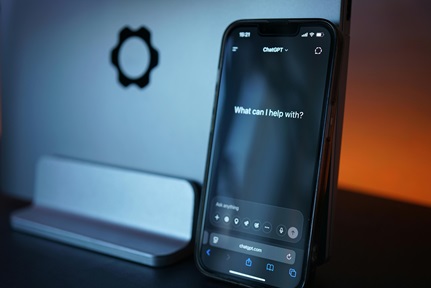
NSGZero: Neural Monte Carlo Tree Search for Efficiently Solving Large-Scale Network Security Games
Synopsis
This invention introduces NSGZero to compute non-exploitable defender policies. NSGZero leverages deep-learning techniques, including neural Monte Carlo Tree Search (MCTS), to enhance data efficiency and scalability, demonstrating potential for real-world applications in network security games.
Opportunity
Network Security Games (NSGs) model the problem of deploying resources to protect important targets in networks. Many real-world security problems, such as infrastructure protection, wildlife conservation and traffic enforcement, can be addressed using NSGs. NSGZero, a deep-learning-based method, efficiently approaches a non-exploitable defender policy in NSGs. It holds potential for various commercial applications, including guiding police departments to interdict escaping criminals or adjusting security resources in an area.
Technology
NSGZero employs a deep-learning-based approach to achieve a non-exploitable defender policy in NSGs. By modelling the dynamics of NSGs and using neural MCTS, NSGZero improves data efficiency. The framework includes three deep neural networks (DNNs) — the dynamics network, the value network and the prior network, to model environment dynamics, predict state values, and guide exploration, respectively, The DNNs enable efficient MCTS use in NSGs. Additionally, NSGZero supports decentralised control in neural MCTS, enhancing scalability for large-scale security games. The effective learning paradigm jointly trains the DNNs, leading to significant improvements in data efficiency and scalability compared to state-of-the-art algorithms.
 Figure 1: The architecture of NSGZero.
Figure 1: The architecture of NSGZero.

Figure 2: Schematic diagram of Monte Carlo Tree Search.
Applications & Advantages
Main application areas include guiding police operations, optimising security resource allocation and enhancing various cybersecurity simulations.
Commercial applications include:
- Vehicular communications
- High-speed train communications (600 km/h)
- Underwater acoustic communications
- Low-earth-orbit (LEO) satellite communication, e.g., StarLink.
- OFDM is the main waveform used in 4G/5G cellular standards and many Wi-Fi standards. Thus, this invention is also applicable to:
- 5G+ and 6G, due to backward compatibility requirements.
- mm-Wave cellular radio (Release 16, 30-60 GHz)
- New WiFi (802.11ad, 802.11bd, 60 GHz)
- New joint radar communication system (77 GHz, 120 GHz) standards
Advantages:
- Near-optimal performance
- Low complexity
- Improves data efficiency and scalability



.tmb-listing.jpg?Culture=en&sfvrsn=462ec612_1)











